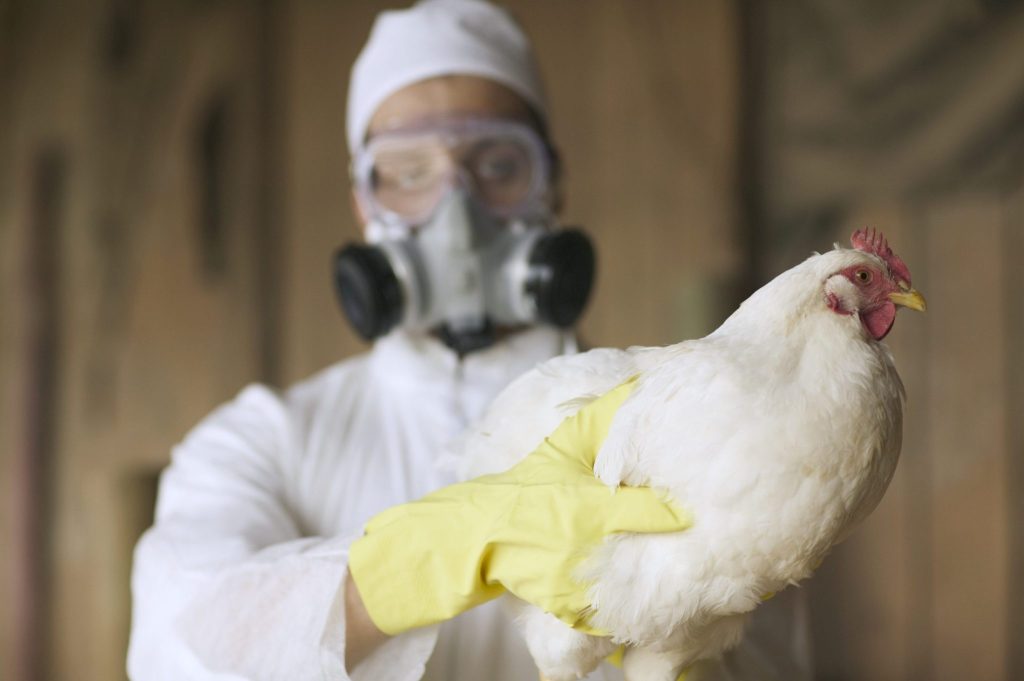So warn leading virologists from over 40 countries who are sounding the alarm over the increasing threat of H51 avian bird flu—which can cause cough, body aches, fatigue, pneumonia, and other symptoms in humans—urging global leaders to step up with a range of measures and to use knowledge gained during the COVID pandemic.
“In the U.S. sporadic human infections with no known contact with infected animals highlight the possibility of viral adaptation for efficient human-to-human transmission,” the Global Virus Network (GVN) scientists write in a commentary published this week in the Lancet Regional Health–Americas. “Concurrently, the virus continues to circulate in wild birds, backyard flocks, and hunted migratory species, further amplifying the risk to humans and domestic animals.”
The experts compel leaders to address the issue by boosting surveillance, enhancing biosecurity, and preparing for potential human-to-human viral transmission.
The authors note that more than 995 dairy cow herds and at least 70 people have been infected with H5N1, including severe cases and the first reported US death.
“Understanding the current landscape of H5N1 infections is critical for effective prevention and response,” Dr. Sten H. Vermund, chief medical officer of the GVN and dean of the USF Health College of Public Health at the University of South Florida, said in a press release. “The virus’ ability to infect both animals and humans, combined with recent genetic changes, underscores the importance of proactive surveillance and rapid response measures.”
The highly pathogenic influenza virus is now circulating in all 50 states and Canada, the virologists warn, resulting in the loss or culling of more than 168 million poultry animals in the U.S. since 2022. While human-to-human transmission is not documented, experts warn that virus mutations or the combination of two flu viruses could increase transmissibility.
The researchers made several recommendations:
- Continuously monitoring animals, including testing milk, wastewater, and people working with infected animals, to track virus evolution that may lead to human-to human transmissibility.
- Accelerating the sharing of genomic data among global research networks to track virus evolution and spread.
- Using personal protective equipment and strict farm-cleaning protocols.
- Advocating for self-administered diagnostic tests for farm workers and healthcare access for frontline medical workers.
- Providing more funding for responses, especially in high-risk regions.
- Investing in predicting traits of avian flu viruses from genetic data.
- Developing and rapidly administering vaccines on people and animals.
- Conducting clinical studies on the properties of emerging virus strains, potential therapies, and vaccines.
“A robust nationwide monitoring system is essential to quickly detect, and quarantine affected animals and implement preventive measures to curb further spread and human infections,” said Elyse Stachler, GVN member and a research scientist at the Broad Institute of MIT and Harvard. “Further, we believe it is crucial to maintain trust and stakeholder buy-in for monitoring programs, particularly from farm workers.”
“We are advocating for community-driven strategies to ensure the successful implementation of vaccines, if necessary,” said Dr. Christian Bréchot, president emeritus of the GVN and director of the Microbiomes Institute and senior associate dean for research in global affairs in the USF Health Morsani College of Medicine. “The situation with H5N1 demands heightened vigilance and collaboration across public health sectors. Early detection and robust surveillance are critical to prevent further spread.”
More on infectious disease:
- At this rate, measles could become endemic again within 2 decades, researchers warn
- As measles spreads throughout the U.S., here’s how to tell if you need a booster shot
- What are the symptoms of bird flu and how does it spread?
This story was originally featured on Fortune.com







